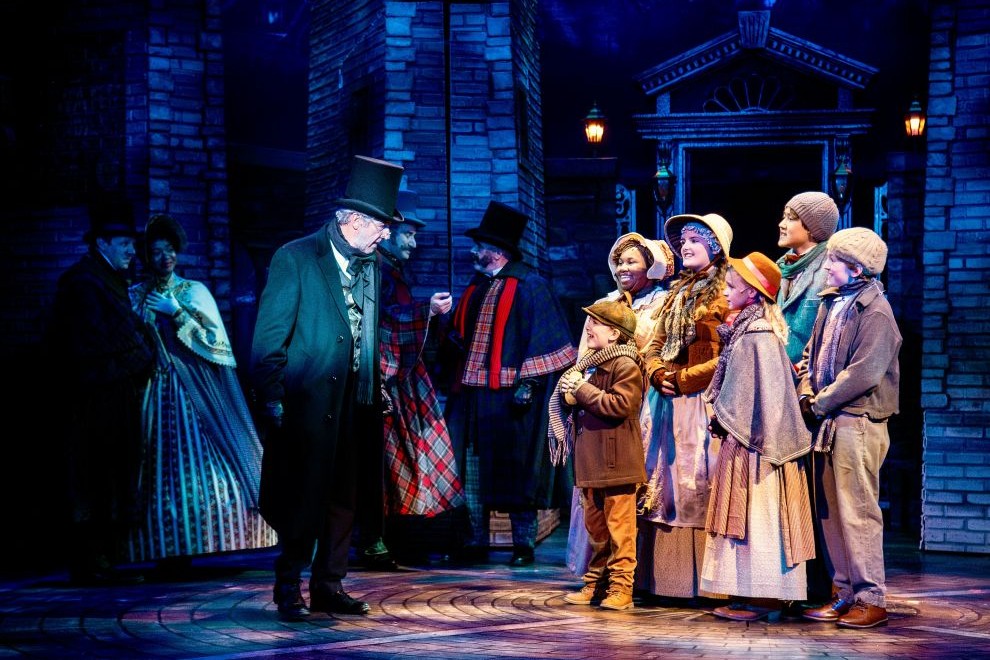“Teaching children about money is not teaching about greed or teaching them to become soulless, grasping little Ebenezer scrooges,” author Neale S. Godfrey writes. “Money is about values, about relationships, about choices, about self-esteem.”
A Penny Saved is another one of those books that’s been sitting on my shelf for some time; however, with both my children doing chores for money this summer, I quickly learned I needed to figure out how I was going to guide them into their financial futures. For as the media coverage of our country’s debt talks show us, “Money is always a social issue; it never exists in isolation.” Godfrey continues, “You can get it, save it, spend it, share it.”
Essentially, A Penny Saved argues that what kids don’t know can hurt them. Godfrey explains, “There’s nothing that you use more than money. You have a constant day-to-day interaction with it that requires continual decision making.” This is why it is crucial that you teach your children about money. Otherwise, according to Godfrey, “If you don’t know the real value of money, you can come to worship it too much.”
Think about it. “Relationships to other people are always connected to money.” Godfrey maintains, “That doesn’t mean money is more important than love or friendship, or that people can be bought or sold – just that it’s always there and always an object lesson in fairness or unfairness.” Therefore, it’s important that in your role as parent you teach your children what money does and doesn’t do.
A Penny Saved begins with some basics. What is a budget? What are fixed and variable expenses? What are your short-term and long-term goals? Then, Godfrey provides a quiz for the whole family to take – labeling items a family might need separately and then comparing answers together. The author claims doing so will enable your children to create a solid context for the value of money.
Family Quiz
Which of these expenses are fixed expenses? Which are variable?
Car, Cocoa Puffs, College for kids, College for Mom or Dad, Country club, Designer jeans, Extra bedroom, Food, House payments, Medical school, Mercedes, Nose job, Plumbing, Private school, Rec room, Refrigerator, Romance novels, Schoolbooks, Sound system, Stove, Summer camp, Telephone, Tennis Lessons, TV
Let’s face it. It’s no longer realistic to think you can work your way through college anymore, which is why Godfrey argues parents need to be careful of being penny wise but pound foolish. “Your budget can’t just be about what you’re spending week-to-week or month-to-month.” Therefore, the concept of time value of money becomes that much more important. In other words, you need to teach your children to ask themselves, “What’s the best way to ensure that the purchasing power of your money is going to be greater in the future?”
Ben Franklin is a perfect example of this. When he died in 1791, he left the city of Boston $5,000 with the stipulation that it could not be spent for one hundred years. Naturally, the interest accumulated, and while in 1891 $300,000 was used to finance a school, the account is now worth well over a million dollars.
As Godfrey explains, “Problem solving is the best kind of empowerment. And this is a key first step in developing a child’s skills at deferred gratification.” I needed this book’s advice last month when I made the mistake of giving my daughters an advance on their allowance and then needing to nag them in order to ensure they fulfilled their end of the bargain. What I should have done was use Godfrey’s words, “No work. No pay. That’s the way it works.”
So in my next blog I’ll share some practical methods from A Penny Saved that will teach your preschoolers, school-aged children, and teenagers that there is more to money than magic plastic cards and little silver coins.
Don’t forget to like Parenting by the Book on Facebook for updates on blog posts.
Follow my other blog Befriending Forty at http://befriendingforty.blogspot.com and find out what happens when the person I thought I’d be meets the person I actually became.




